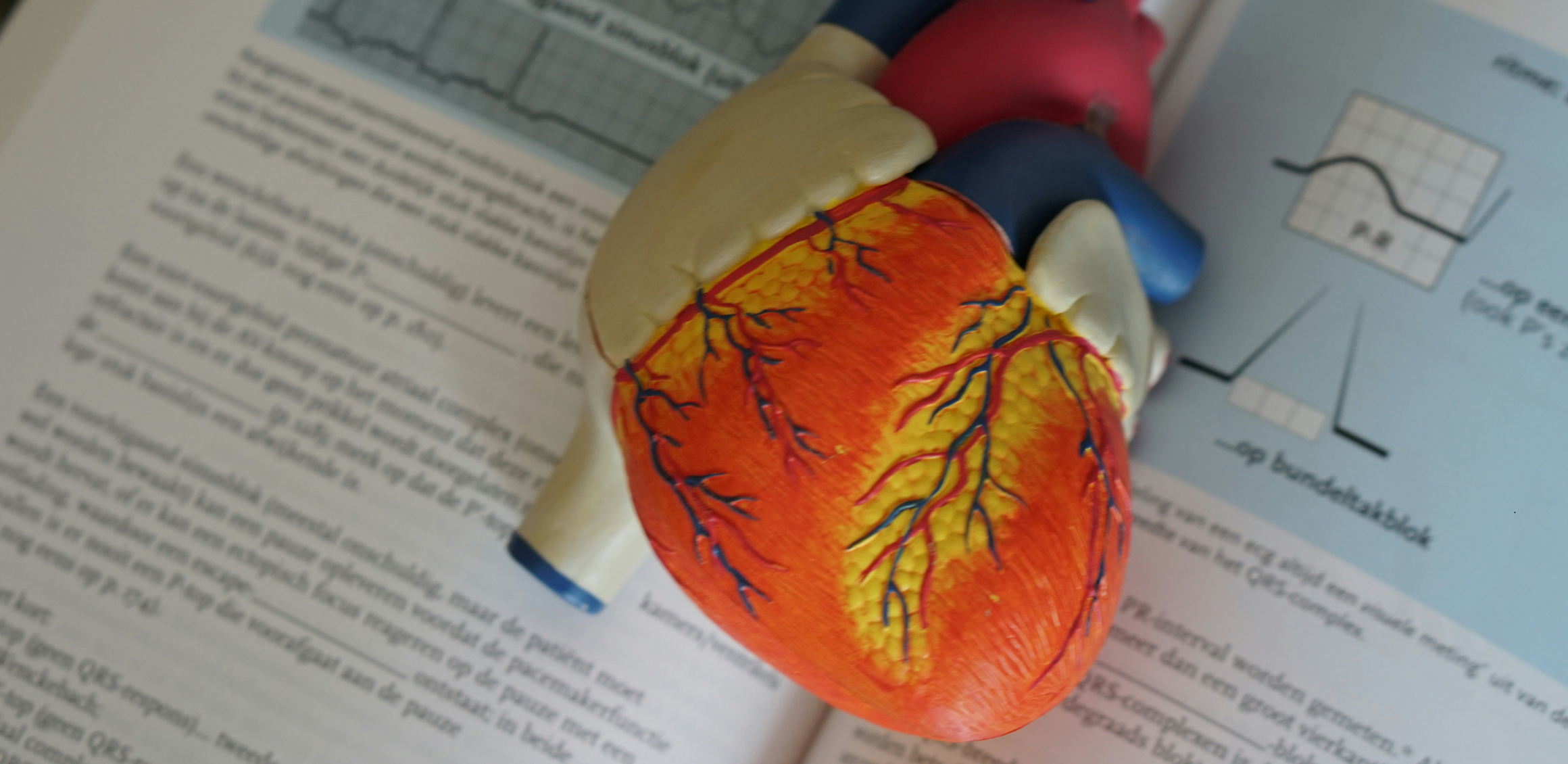- TAVI
- Tri-Klip
- Komplexe Koronarinterventionen
- CTO Behandlung
- Ballon-Mitralvalvuloplastie
- Pulmonale Ballonvalvuloplastie
- Septale Ablation
- ASD/VSD/PDA Verschluss
- Koronare Arterio-Venöse
- Paravalvuläre Undichtigkeit Verschluss
- Ablation Methods for Tachycardia
- Supraventrikuläre Tachykardien
- Vorhofflimmern
- Epikardiale Ablation
- Behandlung Von Therapieresistenten
- Lead-Extraktion
- Geräteimplantationen
- Herzschrittmacher / ICD
- CRT / CRT-D Implantation
- Drahtlose Herzschrittmacher
- Renale Denervierung
- Nicht-chirurgische Behandlung von Aortenaneurysmen und Erweiterungen
- Kardiovagale Modulation

Ablation Methods for Tachycardia
Tachycardia refers to a condition where the heart beats faster than normal. It can be caused by various factors and includes different types
Ablation Methods for Tachycardia
Tachycardia refers to a condition where the heart beats faster than normal. It can be caused by various factors and includes different types. Some types of tachycardia, such as supraventricular tachycardia (SVT) and ventricular tachycardia (VT), result from irregular electrical activity in the heart.
Ablation is a treatment method used to address heart rhythm disorders. This procedure involves using a heart catheter to locate and eliminate the sources of abnormal electrical signals. The goal is to restore normal heart rhythm and reduce symptoms by destroying the sources of abnormal electrical signals.
Ablation for Supraventricular Tachycardia (SVT)
SVT involves the atria (the heart’s upper chambers) beating faster than normal. Some types of SVT arise from extra pathways or connections in the upper part of the atria. Ablation is used to eliminate these abnormal pathways or connections. The procedure involves the following steps:
- Catheter Placement: A catheter is introduced into the heart via the femoral artery or vein.
- Mapping: Special devices are used to map the electrical activity within the heart.
- Ablation: Once the source of the abnormal electrical signals is identified, these areas are destroyed using radiofrequency energy or cold temperatures.
- Verification: The procedure’s success is confirmed by checking if the abnormal rhythm has been resolved.
Ablation for Ventricular Tachycardia (VT)
VT involves the ventricles (the heart’s lower chambers) beating faster than normal. VT may result from underlying health issues such as heart disease, heart attack, or heart failure. Ablation for VT can be different from SVT ablation but generally follows these steps:
- Mapping and Pathway Identification: The source of the ventricular tachycardia is identified.
- Ablation: A catheter is placed at the source of the abnormal electrical signals, and these areas are destroyed.
- Verification: The procedure’s success is confirmed by checking if the abnormal rhythm has been resolved.
Advantages and Risks of Ablation
Ablation can be an effective treatment option for certain types of tachycardia. It is minimally invasive and typically carries lower risk compared to other procedures. However, like any medical procedure, ablation has potential risks, including:
- Risk of Bleeding or Infection: There is a risk of bleeding or infection at the catheter insertion site.
- Pain or Discomfort: Pain or discomfort at the catheter insertion site.
- Catheter-Related Complications: Such as vascular injury or rhythm disturbances.
- Procedure Failure or Recurrence: There is a risk of the ablation not being successful or the tachycardia recurring.
Each patient is unique, and treatment options should be carefully evaluated by a physician.
